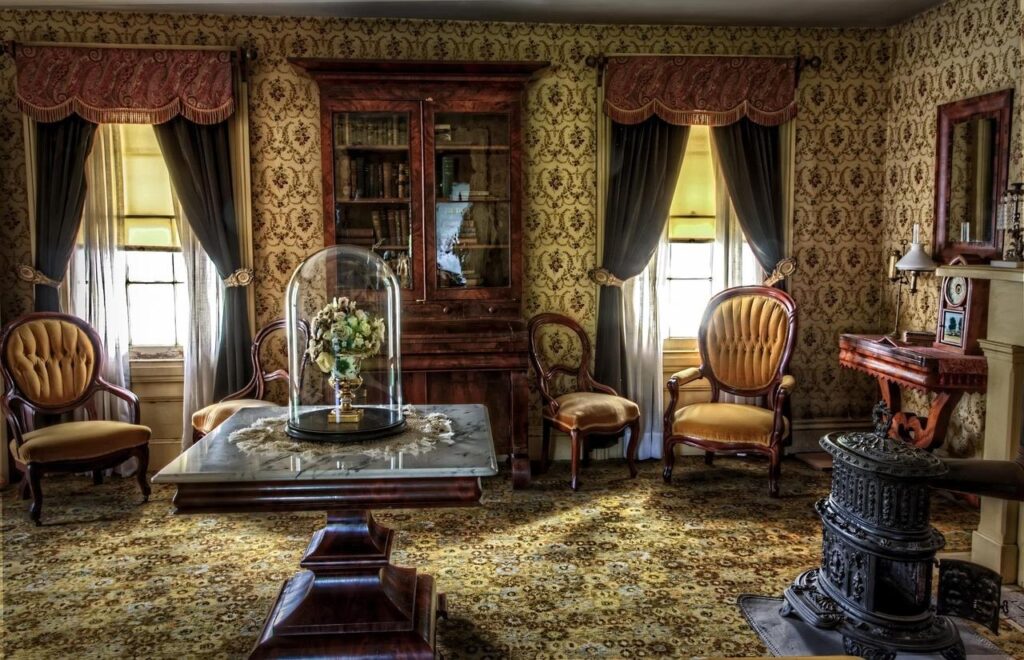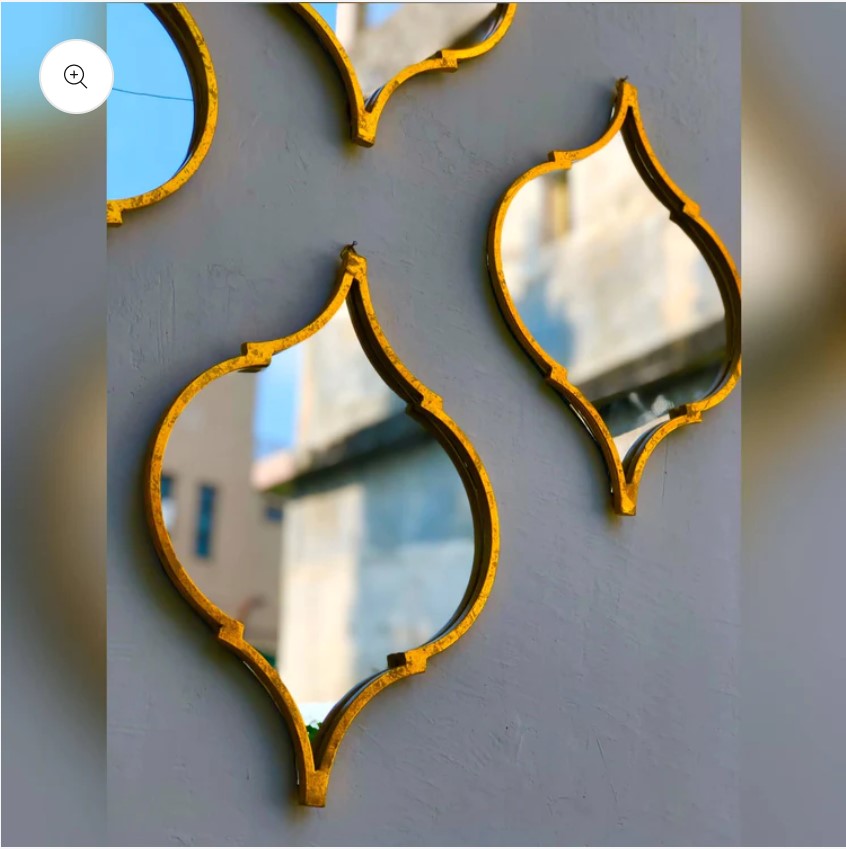
Mangalore’s residential landscape has changed dramatically over the past decade. High-rise apartments have replaced sprawling bungalows, and young professionals, small families, and retirees are all finding themselves working with compact floor plans and tighter budgets. The challenge isn’t just about fitting furniture into smaller spaces anymore. It’s about creating homes that feel personal, comfortable, and stylish without spending a fortune.
The good news is that beautiful interiors don’t require lakhs of rupees. What they do require is thoughtful planning, strategic choices, and an understanding of what works in Mangalore’s unique coastal climate. From dealing with humidity to making the most of natural light, there are specific considerations that make decorating here different from, say, Bangalore or Mumbai.
Understanding What Budget-Friendly Actually Means
Budget-friendly doesn’t mean cheap. It means getting maximum value from every rupee spent. A well-chosen ₹3,000 piece that serves multiple purposes beats a ₹10,000 showpiece that just collects dust. The difference lies in knowing where to splurge and where to save.
Take flooring, for instance. In Mangalore’s humid climate, good-quality vitrified tiles are worth the investment. They last decades, resist moisture damage, and are easy to maintain. But the decorative border tiles that some vendors push? Skip those. Use the savings for better lighting or a quality mattress instead.
Similarly, kitchen cabinets deserve a proper budget allocation. Marine plywood with good-quality hardware will outlast cheaper alternatives and won’t warp during the monsoons. But granite countertops in ten different colours? A single, practical shade works just as well and costs significantly less.
Making Small Apartments Feel Larger
Most Mangalore apartments range from 600 to 1,200 square feet. Making these spaces feel open and airy requires more than just choosing light colours, though that certainly helps.
Mirrors are brilliant for this. A large mirror in the living room, positioned to reflect natural light from windows, can make the space feel twice its size. An antiqued mirror costs between ₹2,500 and ₹5,000, depending on size, and creates far more impact than several small decorative pieces.
Vertical storage is another game-changer. Floor-to-ceiling shelving units draw the eye upward and provide substantial storage without eating into floor space. A custom unit from a local carpenter costs around ₹15,000 to ₹25,000, far less than imported modular systems, and can be designed to fit awkward corners perfectly.
Furniture that serves double duty is essential. Ottoman storage boxes, sofa-cum-beds, and extendable dining tables all earn their keep in small spaces. As the leading interior designers in Mangalore, Black Pebble Designs often recommends investing in these multipurpose pieces early in the decorating process. They free up space and reduce the need for additional furniture later.
Colour Strategies That Work in Coastal Light
Mangalore’s natural light is different from inland cities. The coastal atmosphere creates a softer, more diffused quality, especially during monsoon months. This affects how colours appear in your home.
Pure white walls can look washed out. Off-whites, creams, and warm beiges work better. These shades also hide the slight discolouration that humidity can cause over time. A 10-litre tin of good-quality emulsion costs around ₹2,500, and most 2BHK apartments need about three tins for walls.
Accent walls are cost-effective ways to add character. One wall in a deeper shade, textured paint, or even peel-and-stick wallpaper creates a focal point without overwhelming the space. Wallpaper has improved tremendously and now costs between ₹50 and ₹300 per square foot, depending on quality and design.
For those willing to experiment, stencilling is making a comeback. A good stencil costs ₹500 to ₹1,500, and you can use it repeatedly across different walls. It’s time-consuming but adds a unique, handcrafted element that expensive wallpapers can’t match. Working with experienced interior decorators in Mangalore helps identify which walls would benefit most from such treatments, particularly in homes where the natural light varies significantly between rooms.
Furniture Choices That Make Sense
The furniture market in Mangalore offers everything from high-end imports to local carpenter-made pieces. For budget-conscious decorating, the sweet spot is often somewhere in the middle.
Local carpenters can create custom pieces at reasonable rates. A simple wooden bed frame costs ₹12,000 to ₹18,000. A study table runs about ₹8,000 to ₹12,000. The advantage is that dimensions can be adjusted to fit your exact space, and you’re supporting local craftspeople.
For upholstered furniture, consider separating the frame from the fabric. Many furniture shops charge premium prices for mediocre fabric. Instead, buy a basic frame and have it covered by a local upholsterer with fabric you’ve chosen. This approach typically saves 30-40% and gives you better quality material.
Cane and rattan furniture suits Mangalore’s climate beautifully. A cane chair costs between ₹2,500 and ₹5,000, weighs less than wooden alternatives, and handles humidity well. Mix cane pieces with wooden furniture for an interesting textural contrast.
Lighting That Transforms Spaces
Lighting is where many people underspend, and it shows. Good lighting can make a modest apartment feel luxurious, while poor lighting makes even expensive furniture look drab.
Layered lighting is key. This means combining ambient lighting (ceiling fixtures), task lighting (reading lamps, kitchen lights), and accent lighting (highlighting artwork or architectural features). A basic setup for a 2BHK might include:
- LED ceiling lights for main areas: ₹1,500 to ₹3,000 each
- Wall-mounted reading lights for bedrooms: ₹800 to ₹2,000 each
- Under-cabinet lighting for kitchen: ₹3,000 to ₹5,000 for basic strips
- Table or floor lamps for living areas: ₹2,000 to ₹5,000 each
Total investment: approximately ₹15,000 to ₹25,000, which transforms how your entire home looks and functions.
Dimmer switches add flexibility and cost only ₹500 to ₹1,000 per switch. They let you adjust lighting for different moods and times of day, making one fixture do the work of several.
Textile Choices for Coastal Living
Curtains, cushions, and rugs are where you can inject personality without permanent commitment. They’re also vulnerable to Mangalore’s humidity, so material selection matters.
Cotton and linen work better than heavy velvets or silks, which can develop mildew. A good cotton curtain fabric costs ₹200 to ₹500 per metre. For a standard window, you need about 4 to 6 metres, bringing the cost to ₹800 to ₹3,000 per window for fabric alone. Stitching adds another ₹200 to ₹500.
Rather than matching everything perfectly, which can look staged, choose a colour palette and vary patterns within it. Stripe cushions, geometric throws, and a solid-coloured rug in complementary shades create a collected-over-time look that feels more sophisticated than matched sets.
Jute and sisal rugs cost less than wool, suit the coastal aesthetic, and handle humidity reasonably well. A 5×7 foot jute rug runs about ₹5,000 to ₹8,000 and instantly defines a seating area.
Smart Storage Solutions
Storage is the eternal challenge in apartments. Built-in solutions are ideal but expensive. Freestanding alternatives can work nearly as well at a fraction of the cost.
Open shelving costs 40-50% less than closed cabinets. Floating shelves in the living room or bedroom provide display space and cost only ₹500 to ₹1,500 per shelf, depending on length and material. Use decorative boxes or baskets on lower shelves to hide clutter whilst keeping things accessible.
The space under beds is criminally underused. Rolling storage boxes designed for under-bed use cost ₹800 to ₹2,000 and can hold seasonal clothing, extra bedding, or seldom-used items.
In kitchens, wall-mounted magnetic knife strips, pegboards for utensils, and hanging racks for pots maximise vertical space. These solutions cost between ₹500 and ₹2,000 each and free up valuable counter and cabinet space.
Local Materials and Artisan Work
Mangalore has a rich tradition of tile-making, pottery, and woodwork. Using local materials and craftspeople not only supports the regional economy but often provides better value than imported alternatives.
Mangalore tiles aren’t just for roofs. Terracotta floor tiles bring warmth and character to balconies or kitchen areas, costing ₹40 to ₹80 per square foot. They’re durable, naturally cooling, and age beautifully.
Local potters create stunning planters, vases, and decorative pieces at prices ranging from ₹200 to ₹2,000. These one-of-a-kind items add character that mass-produced décor never achieves.
Wooden wall art and carved panels from local craftspeople start at around ₹3,000 and can become striking focal points. The quality of workmanship often exceeds factory-made alternatives, and you’re getting genuinely unique pieces.
Plants as Budget Décor
Nothing enlivens a space like greenery, and plants are remarkably affordable. A money plant or pothos costs ₹50 to ₹150. Snake plants, which tolerate low light and neglect beautifully, run ₹200 to ₹500. Even statement plants like monstera or areca palms rarely exceed ₹1,000.
The key is choosing plants suited to your available light and maintenance willingness. Asking local nursery staff about care requirements saves money in the long run by preventing repeated plant purchases.
DIY macramé plant hangers add visual interest and cost only ₹200 to ₹500 if you buy them ready-made, or virtually nothing if you make them yourself from rope. They utilise vertical space and create appealing layers in a room.
Where to Shop Strategically
Knowing where to buy what makes an enormous difference to your budget. Fabric markets near Hampankatta offer better prices than retail showrooms. Hardware stores in Bunder sell the same lights as fancy boutiques at 30-40% less.
Facebook Marketplace and OLX often have excellent second-hand furniture from people relocating. A ₹30,000 sofa set might sell for ₹10,000 after two years, with years of life remaining. Estate sales and second-hand furniture shops in Bendoorwell and Kankanady are worth exploring.
For new furniture, visiting carpenters directly rather than going through furniture stores eliminates middleman markup. Most carpenters have photos of previous work and can replicate designs you like.
Realistic Timeline and Costs
Decorating a 2BHK apartment on a budget takes time. Rushing leads to impulse purchases and regret. A realistic timeline might span three to six months, allowing you to find good deals, compare options, and avoid overspending.
A basic budget breakdown for a 1,000 square foot 2BHK might look like this:
- Painting (including labour): ₹25,000 to ₹35,000
- Basic furniture (bed, sofa, dining table): ₹80,000 to ₹1,20,000
- Lighting: ₹15,000 to ₹25,000
- Curtains and soft furnishings: ₹20,000 to ₹30,000
- Storage solutions: ₹15,000 to ₹25,000
- Décor and accessories: ₹10,000 to ₹20,000
Total: approximately ₹1,65,000 to ₹2,55,000
This creates a comfortable, well-designed home without financial strain. The range accounts for choices between budget and mid-range options within each category.
The beauty of budget-friendly decorating is that it forces creativity and intentionality. Every piece must earn its place. The result is often more personal and interesting than throwing money at a problem. Mangalore apartments might be smaller and budgets tighter than we’d ideally like, but neither prevents creating a home that feels distinctly yours.







